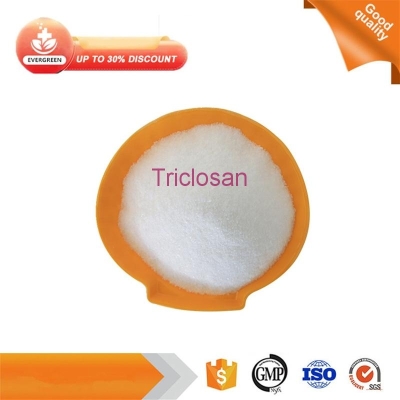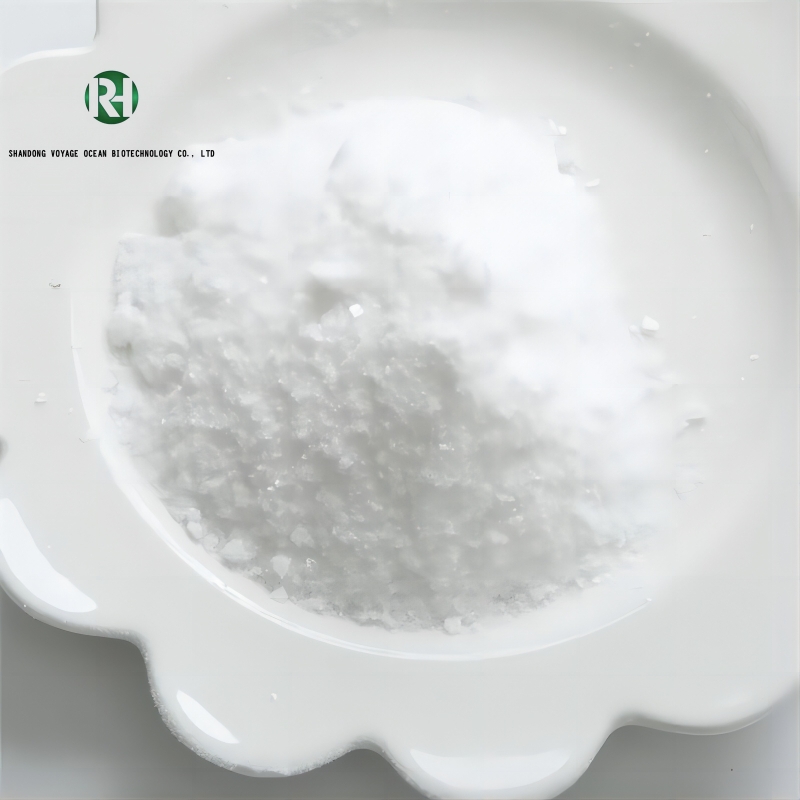The ups and downs of China's pharmaceutical market: pattern or change after 2019
-
Last Update: 2017-05-22
-
Source: Internet
-
Author: User
Search more information of high quality chemicals, good prices and reliable suppliers, visit
www.echemi.com
[market analysis of China Pharmaceutical network] at present, there are more than 3000 pharmaceutical enterprises in China, but top 100 has contributed more than 60% of the market share, and the remaining 2900 enterprises have divided the rest less than 40% of the market share It can be seen that the concentration of China's pharmaceutical market is becoming more and more obvious According to the current trend, the concentration will become more and more obvious What is the future development trend of the pharmaceutical market? Wang Ling, head of China's business operation Department of quintiles IMS, recently made an analysis at the "2016 China pharmaceutical market information conference" (the pattern or change of picture source after 2019: Baidu picture) benefiting from the growth of the third terminal of hierarchical diagnosis and treatment is much higher than that of hospital channel China's pharmaceutical market is divided into three channels: hospital channel, retail channel and the third terminal In 2015, the scale of China's drug market reached 1.172 trillion yuan, and large hospitals (with more than 100 beds) contributed 63% of the market share, which shows that large hospitals still occupy the main position in China's drug market However, China's hospital market has been greatly affected by policy factors In 2015, due to the strengthening of hospital medical insurance cost control, the further promotion of clinical rational drug use by the health forces, the control of drug proportion, centralized bidding and procurement and other core policies, the market growth was sluggish In 2016, the growth rate of large hospitals picked up to about 8.1% On the contrary, benefiting from the hierarchical diagnosis and treatment policy, the focus of urban and rural medical work is sinking, and medical resources, especially medical personnel, are also inclined to the grass-roots level, which makes the growth of community health centers and township health hospitals in the third terminal much higher than that of large hospitals The hospital market is still driven by sales Pharmaceutical companies are facing the pressure of price reduction What are the main driving factors for the recovery of hospital market in 2016? The answer given by Wang Ling is sales factor With the deepening of China's medical reform, the government has been actively seeking to reduce the false high drug price through bidding, procurement, two vote system and other ways, to solve the problem of high cost and difficulty for people to see a doctor Therefore, both local pharmaceutical companies and multinational pharmaceutical companies are facing the pressure of price reduction Some pharmaceutical companies even take the initiative to apply for price reduction to drive sales It's not very reasonable for pharmaceutical companies to take the initiative to reduce the drug price, perhaps because of market considerations However, there are many examples For example, in 2015, GlaxoSmithKline announced that it would reduce the price of hepatitis B antiviral drugs in some provinces by 20-30% The drugs to be reduced are heptin, Hewlett Packard and Werder In August 2016, Shanghai Roche pharmaceutical announced that its target drug for the treatment of non-small cell lung cancer, troika, would reduce its price by 30% In 2017, the bid price of imatinib mesylate capsule of Zhengda Tianqing decreased from 246.09 yuan to 185 yuan, with a price reduction rate of 25 points Price reduction for market, which seems to have become the mainstream trend of sales in the hospital, or be bargain, or active price reduction Market concentration is becoming more and more obvious, and local enterprises account for half of the total From the perspective of enterprise groups, the top 20 hospitals in China are Pfizer, Yangzijiang, AstraZeneca, Shandong Qilu, Sihuan pharmaceutical, Shanghai Fosun, Sanofi, Jiangsu Hengrui, Kelun, Zhengda Tianqing, Bayer, Shangyao, Novartis, Roche, Yuanda, mosadong, China National Pharmaceutical Corporation, petrochemicals, bubo pharmaceutical and Novo Nordisk In top 20, local enterprises have already accounted for half of the total In terms of drug varieties, among the top 20 products in China's hospital market, there are only 4 Foreign-funded products, and the other 16 are domestic products However, the year-on-year growth rate of four foreign-funded drugs in 2016 has been improved, while the growth rate of products of local enterprises mostly shows a downward trend, and local enterprises still need to continue efforts in drug market sales After 2019, the challenges of medical enterprises continue to change the market pattern or change the opportunities and challenges faced by medical enterprises in many aspects, such as production research and development, commercial operation, marketing and market access, which is a basis for all late marketing In the process of market access, price setting will be more dependent on clinical and economic values, and it is necessary to prepare for the value recognition standards inclined to innovation or high-quality products; at the same time, access work will be more refined, from provincial level to municipal level, even to hospital or hospital group level The challenges of enterprises are far more than that The continuous bidding purchase, zero plus of drugs, including the new version of the medical insurance catalogue Although the national version of the catalogue has been published, whether the products can enter the provincial medical insurance catalogue, and how to balance the relationship between the price and quantity of drugs in the negotiation are all the challenges facing enterprises at present IMS released a forecast in March this year, predicting that the overall growth rate of China's pharmaceutical market will be about 7% between 2016 and 2020 The forecast is based on the fact that many new products will be launched in 2018 and 2019 However, after 2019, due to the expiration of the consistency evaluation of many products, there may be new challenges and changes in the pattern for both foreign and local enterprises Change.
This article is an English version of an article which is originally in the Chinese language on echemi.com and is provided for information purposes only.
This website makes no representation or warranty of any kind, either expressed or implied, as to the accuracy, completeness ownership or reliability of
the article or any translations thereof. If you have any concerns or complaints relating to the article, please send an email, providing a detailed
description of the concern or complaint, to
service@echemi.com. A staff member will contact you within 5 working days. Once verified, infringing content
will be removed immediately.







